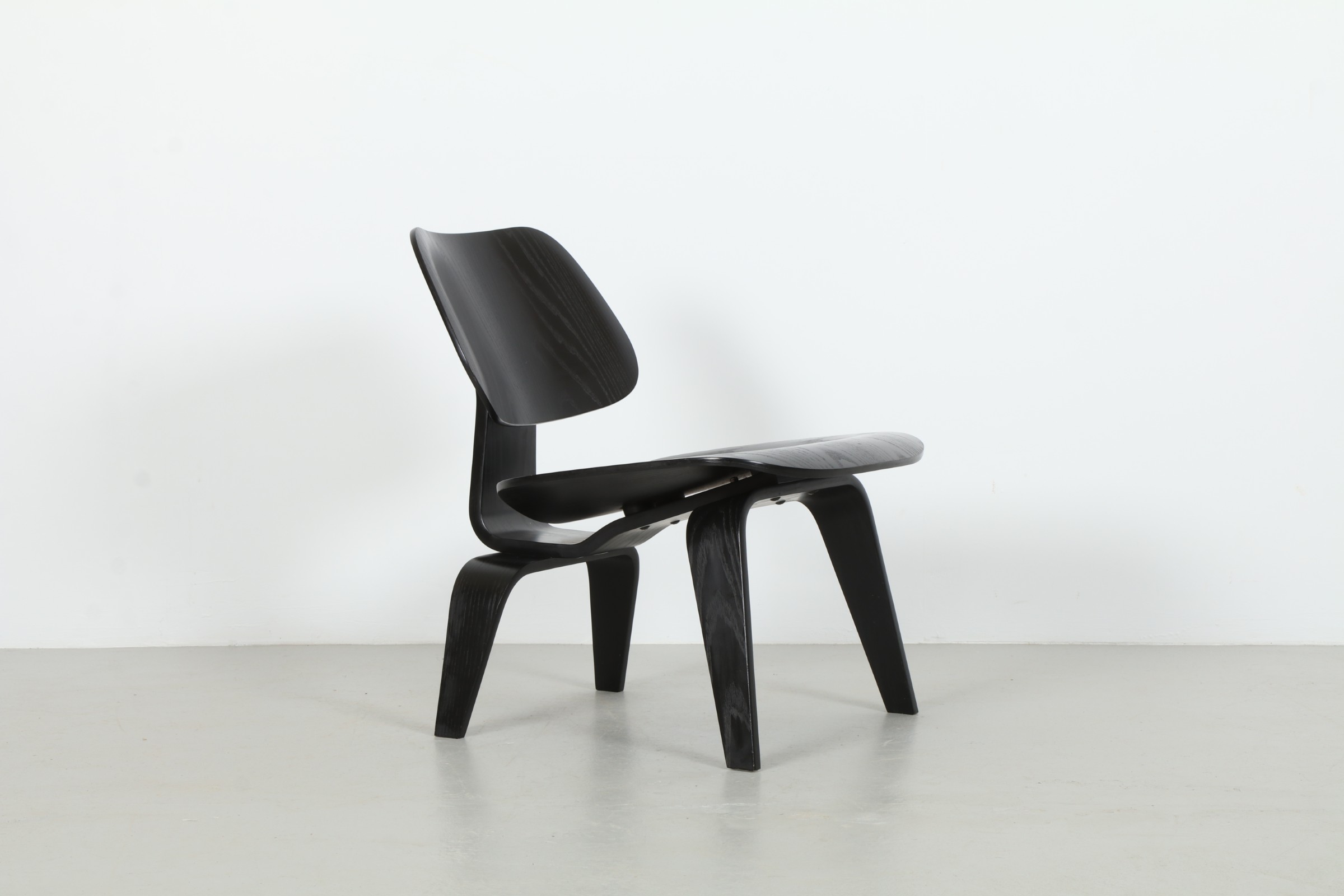.svg)
The Herman Miller Furniture company began life as Michigan Star Furniture in 1903. Like many similar companies of the day they specialised in reproductions of traditional style furniture.
Great things were to come and change started when the talented young DJ De Pree became president of the company in 1919. De Pree soon convinced his father in law, Herman Miller, to buy the company in 1923.
By the 1930's with the Great Depression in full force the company was on the brink of failure. Fortunately a chance encounter with modern design proponent Gilbert Rhode convinced De Pree that the future lay in good design and modern manufacturing techniques.
De Pree embraced this new direction, releasing a range of furniture designed by Rhode. The range captured the new ethic of the company and was surprisingly successful. Unfortunately Rhode passed away shortly afterwards and De Pree was left needing a new design champion.
After seeing an article in Life magazine on George Nelson and reading his recently released book "Tomorrow's House" De Pree instantly knew this was the man for the job.
Although Nelson had no formal experience as a furniture designer he had been involved with the modern movement from it's early stages and had a talent for interpreting the needs of the modern lifestyle.
Under George Nelson's talented design direction (1946-1972), Herman Miller became an internationally respected name synonymous with 'modern furniture'. Nelson revised the signage and branding and employed key architects, sculptors and designers.
Charles and Ray Eames, Harry Bertoia, Richard Schultz, and Isamu Noguchi were just a few of the highly creative minds who revolutionised the company and ultimately the American lifestyle with their experimental, functional and beautiful designs.
/ Charles and Ray Eames 'Time Life Stools' by Herman Miller
/ Page from Herman Miller catalog art-directed by Tomoko Miho, 1964. Herman Miller Archives / Eames office
/ DCM (Dining Chair Metal) chairs, c. 1951. Eames Office
/ Executive Office Group Brochure, c. 1964. Herman Miller Archives
“The role of the designer is that of a very good, thoughtful host anticipating the needs of his guests.” - Charles Eames.
















.avif)













